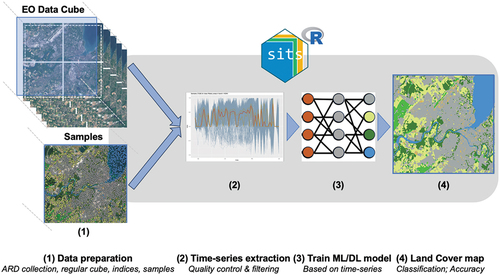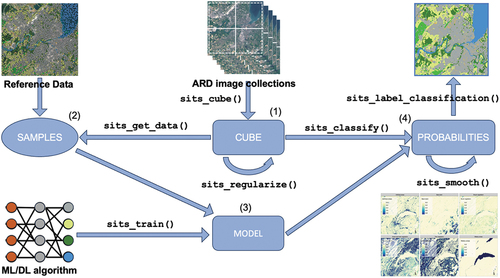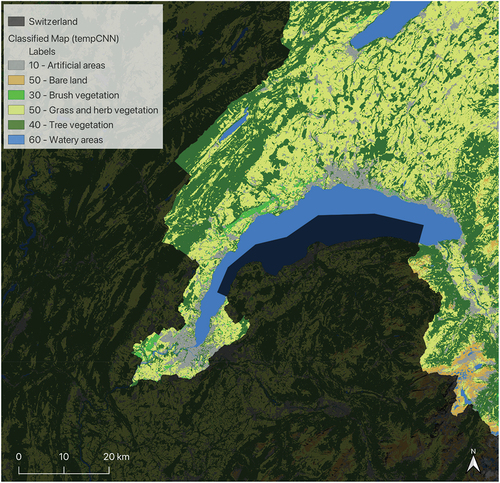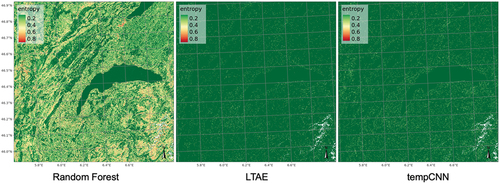Figures & data
Figure 1. Localization of the study area with a Sentinel-2 RGB (B04-B03-B02) composite showing the extent of the 31TGM tile together with the biogeographical zones covered.
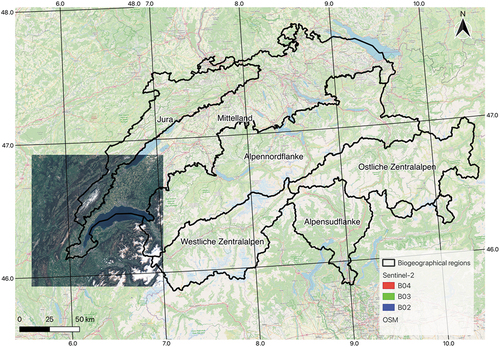
Table 1. SITS API main functions and their respective inputs and outputs (adapted from SITS book).
Figure 4. General implementation of the workflow in SITS. Satellite Analysis Ready Data are provided by the Swiss Data Cube (https://www.swissdatacube.ch); samples are gathered from the Arealstatistik dataset provided by the Federal Statistical Office.
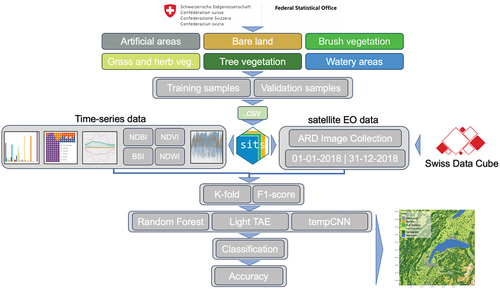
Figure 5. Aerial view over an area in Geneva (left); the sample points from the arealstatistik with the different classes of the NOLC04 Principal Domains (middle); and the translation in gridded land cover map (right).
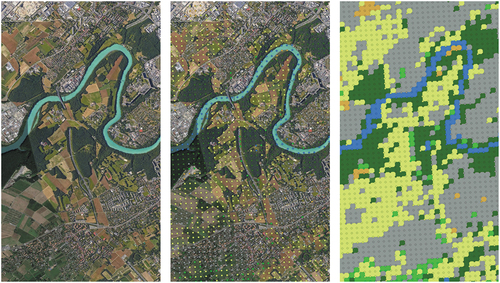
Table 2. Categories following the land cover NOLC04 classification separated in principal domains and basic categories.
Figure 6. Patterns of the time-series for the six classes extracted using SITS. Each of six Principal Domains show different patterns that indicate potential good separability between the classes.
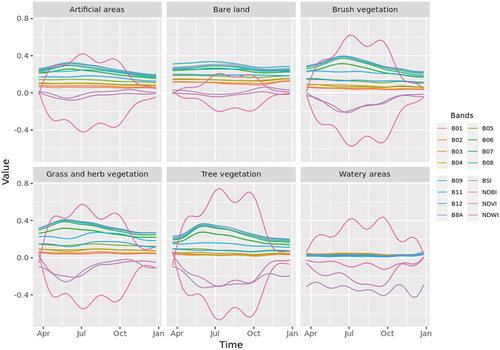
Figure 7. Confusion by cluster between the six different classes before (left) and after (right) pre-processing of the training samples.
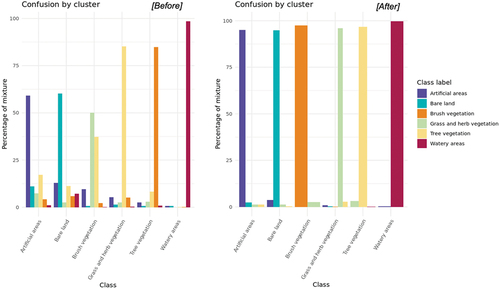
Table 3. Proportion of samples before and after the pre-processing of the training samples.
Figure 8. Smoothed probabilities obtained for the tempCNN model and each land cover classes according to the NOLC04 nomenclature.
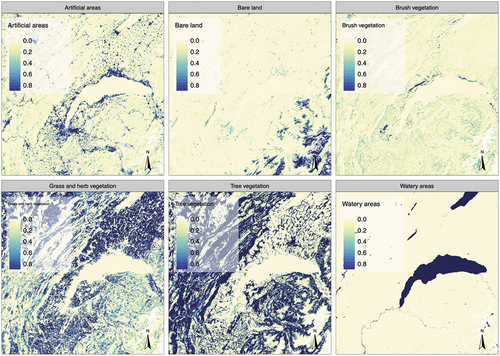
Table 4. Cross-validation showing accuracy, 95% Confidence Interval (CI), Kappa values, and F1-scores for the three tested methods: Random Forest (RF), lightweight temporal self-attention encoder (LTAE), and temporal convolutional neural network (tempCNN).
Table 5. Overall, users (UA) and producers (PA) accuracy for three models produced with a time-first approach and a comparison with the space-first approach.
Figure 11. Visual comparison of an aerial image (left) with Arealstatistik (middle) and the classified Sentinel-2 data with the tuned tempCNN model (right). The top view shows a larger area than the bottom view that corresponds to a zoom in the red square. Legend is the same as .
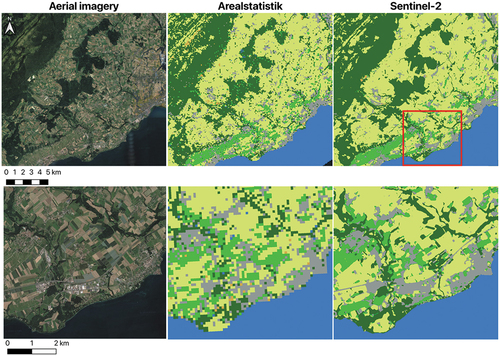
Table 6. Comparison of the proportions by class between the Arealstatistik and the classified Sentinel-2 data with the tuned tempCNN model.
Data availability statement
Sentinel-2 data that support the findings of this study are openly available at: https://doi.org/10.26037/yareta:zeg4u3pa5bcrfbph7mcsehorfm
Land Use Statistics, used as reference data are available at: https://www.bfs.admin.ch/bfs/de/home/statistiken/raum-umwelt/erhebungen/area.html
National Boundaries and Biogeographical regions can be obtained at: https://www.swisstopo.admin.ch/en/geodata/landscape/boundaries3d.html

